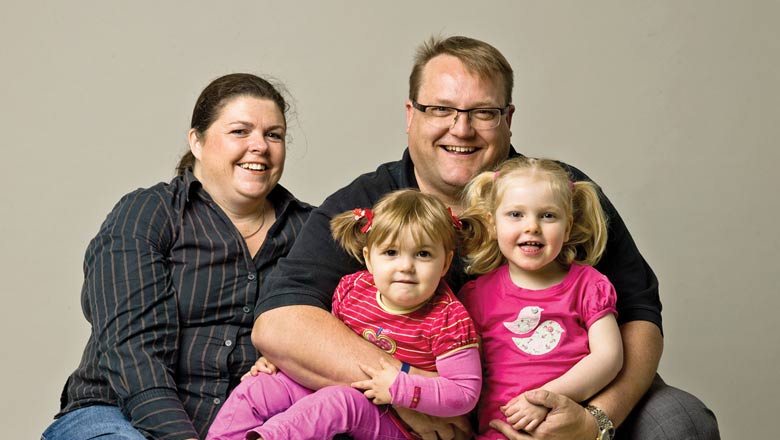Search
Showing results for "rett"
Rett syndrome is a rare but serious neurological disorder that affects about 1 in 9,000 girls. Even more rarely, boys may be affected.
For this study, we examined how Rett syndrome characteristics can be affected by X-inactivation for 2 of the common types of mutation - p.R168X and p.T158M.
The Australian Rett Syndrome Study is based at The Kids Research Institute Australia located in Subiaco, Western Australia. This study was established in 1993.

What role will you play in creating a brighter and healthier future for our kids?
Research
Resourceful and creative methods are necessary to research rare disordersOur investigation used the infrastructure of InterRett, established in 2002 with dual aims of encour- aging international collaboration and ascertaining the...

Embrace the potential of children with Rett Syndrome by exploring how to plan opportunities for uptime, maximizing their engagement and participation in meaningful activities.
Twenty-five families of girls who underwent a spinal fusion between 2006-2012 were interviewed to explore the course of their daughter's recovery.
These project websites display extended detailed information about specific research areas.

News & Events
Global research for rare disorderThe Kids Research Institute Australia researchers set out on a worldwide search to find out all they could about Rett syndrome, establishing databases and creating awareness.
We compared parent/carer-reported physical activities with the number of steps counted by an accelerometer in girls and women with Rett syndrome.
